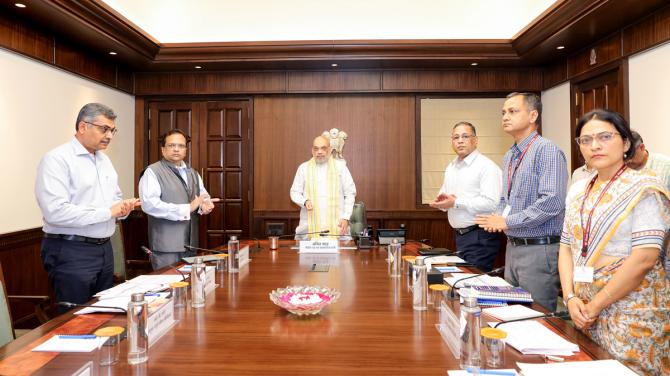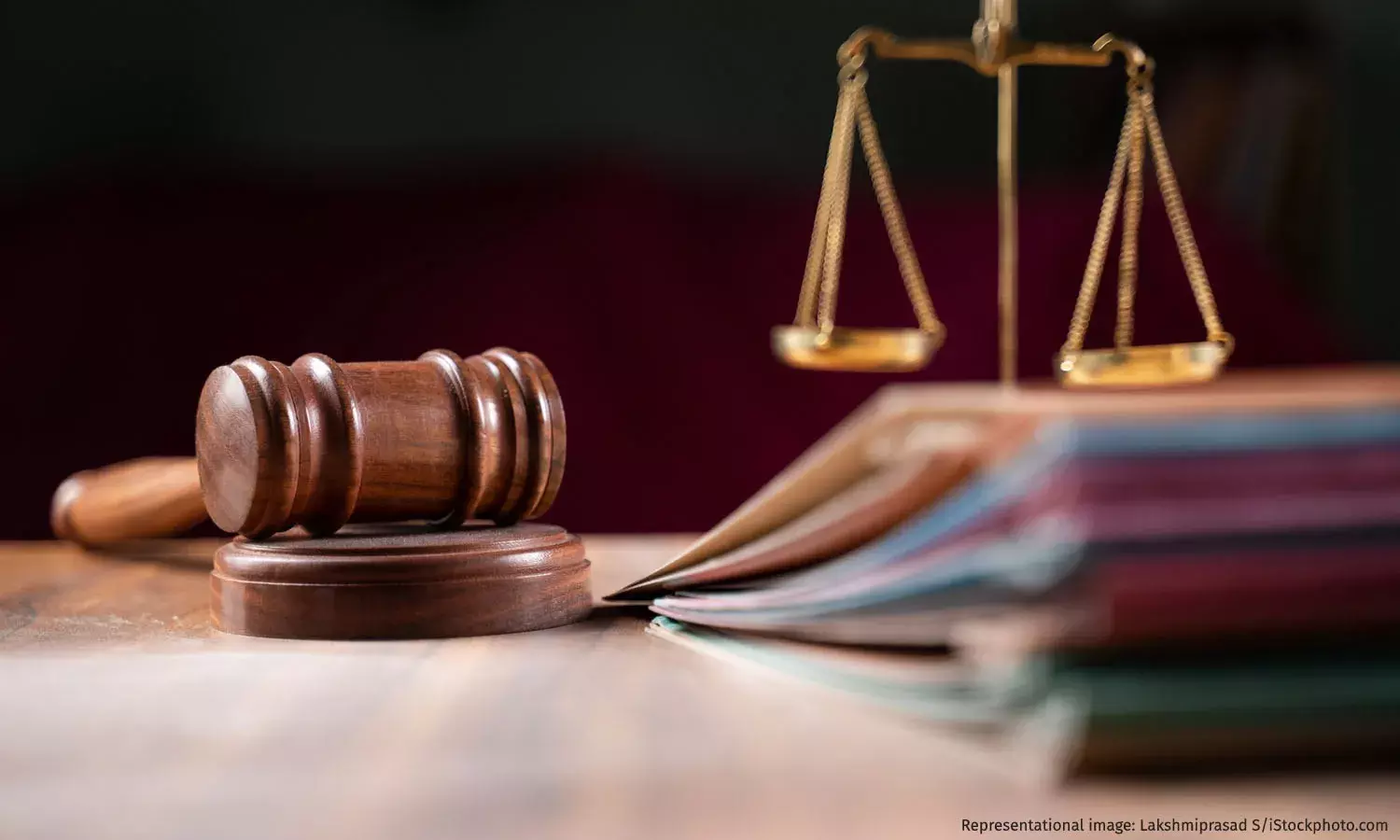The Supreme Court judge also called for a portrait or statute of Kesavananda Bharati, in whose case the Basic Structure doctrine was crafted.
The Supreme Court's Justice KV Viswanathan on Monday said that critics of the Basic Structure doctrine have not been able to come out with a strong theory to oppose it.
Justice Viswanathan said he was fascinated by the soundness and logic of the Kesavananda Bharati case, which led to the birth of the Basic Structure doctrine.
"Unless you come up with a sound theory to oppose it, which none of the critics have yet come forward with, the theory is here to stay," the top court judge said, while speaking at at the release of the book 'The Basic Structure Doctrine' by Justice Rohinton Nariman.
The top court judge added that even if there were a referendum today, the Basic Structure doctrine would remain inviolable.
"If you refer to Rohinton's earlier book 'Discordant Notes', he refers to a question by Justice Palekar to Palkhivala. What Rohinton called the most difficult question which Palkhivala encountered in the entire hearing. The question was, 'Mr. Palkhivala, you are advocating this theory of Basic Structure. Would you do this if [Article] 368 in its original form, had always provided for a referendum, in which case, then you are really not against the amendment being prescribed or Basic Structure. You know the theory which is to be implemented, but you are on the procedure that is prescribed now, because it's Parliament which amends with appropriate ratifications in given cases. But if it were a referendum, could it arrange the Basic Structure?' And Rohinton says that Palkhivala had difficulty answering.
But today, with Article 368 in the form that is in, it cannot be substituted with any other form. In my view, even if it were to be a referendum, since certain fundamental rights are natural...inhering rights, they cannot be take away. They are put behind the hands of the majority. If fundamental rights are the limitation on even the legislative power, then today even in a referendum, it could not be taken away."
Justice Viswanathan also called for having a portrait or statute of Kesavananda Bharati in his memory.
"Every case leaves a history. So, when Kesavananda Bharati passed away, some press people asked me about it. I said, he may not have known about the significance of the case, but his contribution is so vast that just as England erected the statue of Donoghue [following the Donoghue v Stevenson case], it's time we have a portrait or a statue for Kesavananda Bharati."
He added that the Kesavananda Bharati case judgment inspires every lawyer.
"It certainly inspires me as a judge. It inspires former judges [points to Justice Nariman]."



